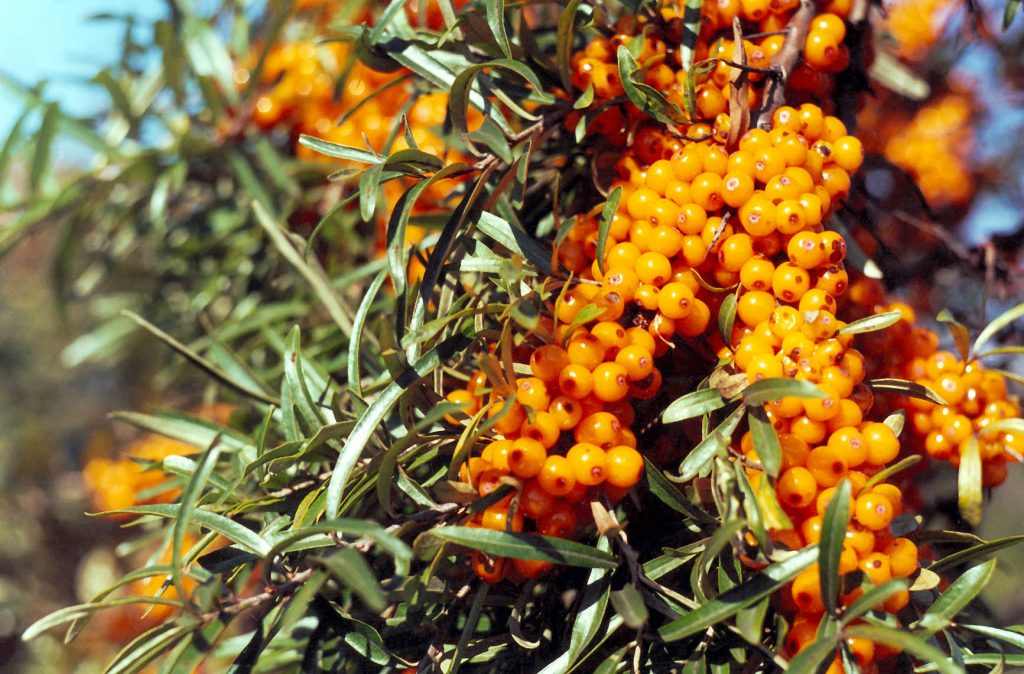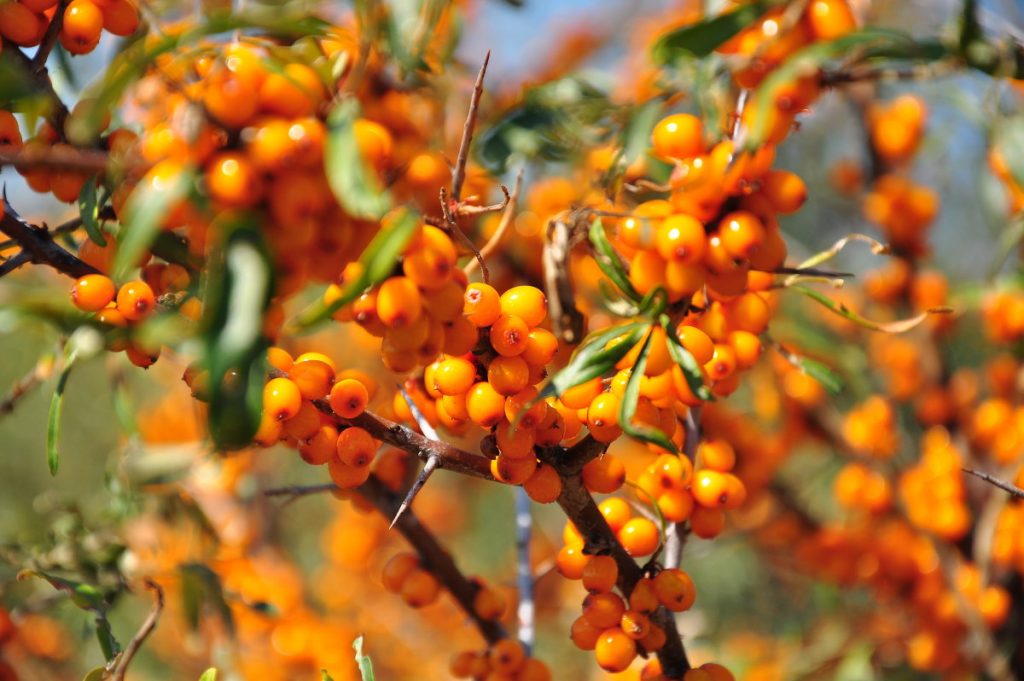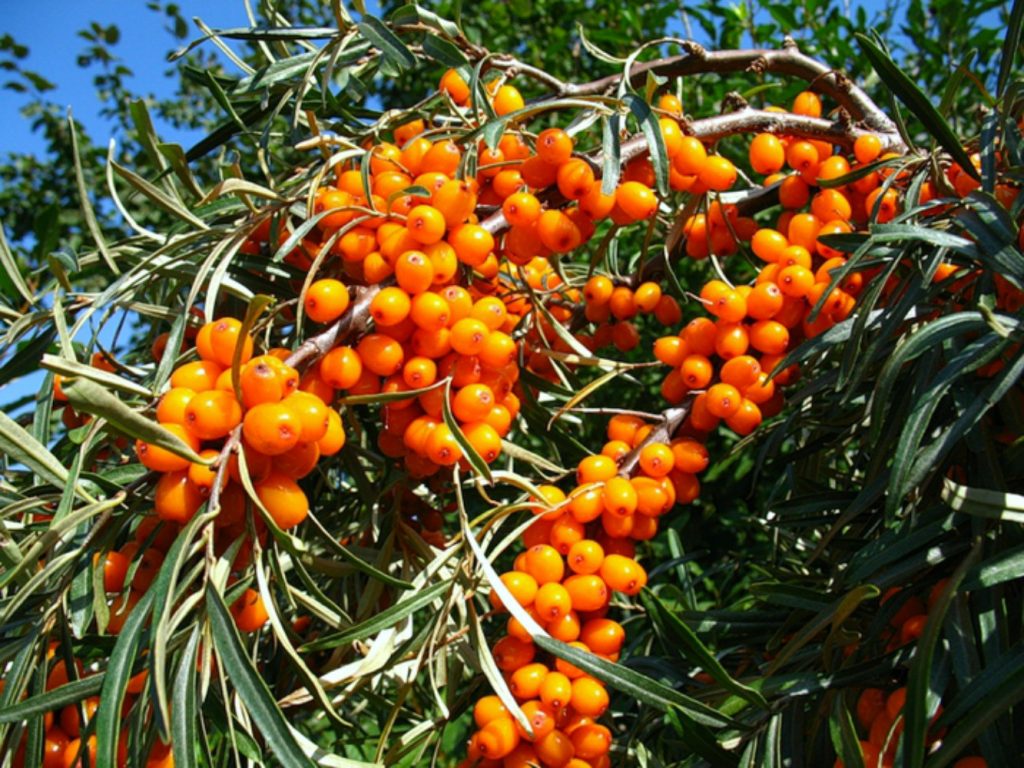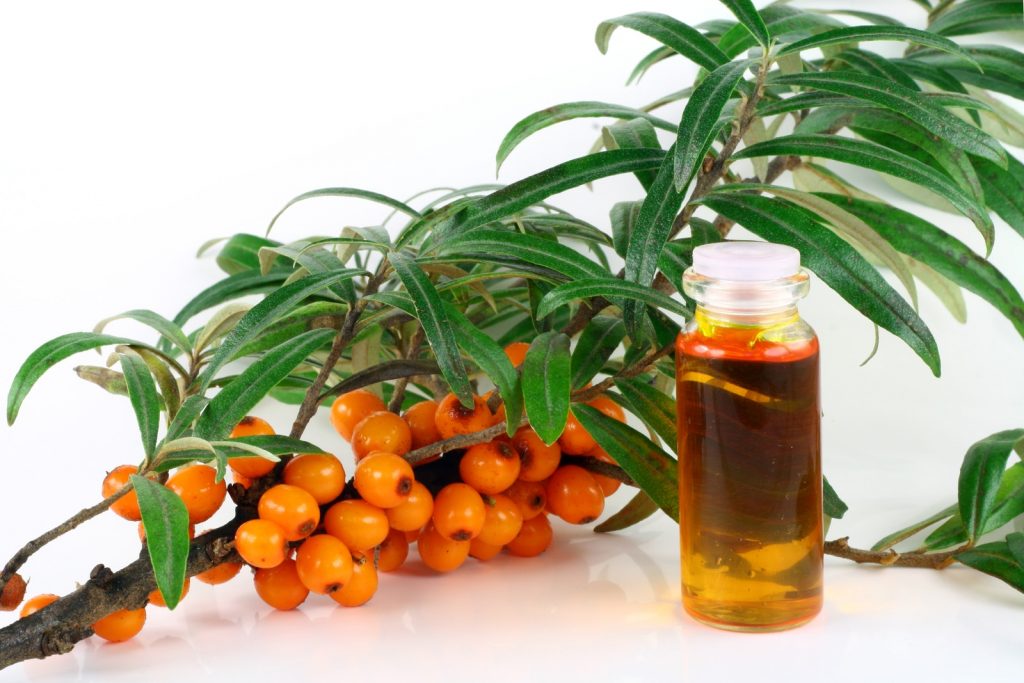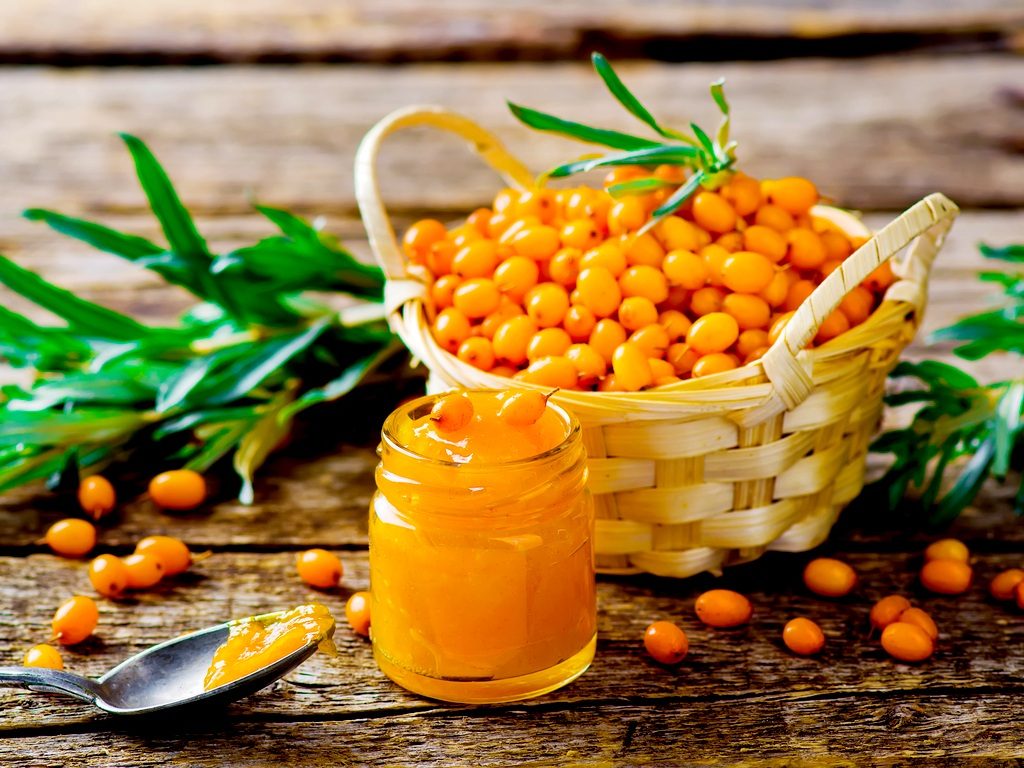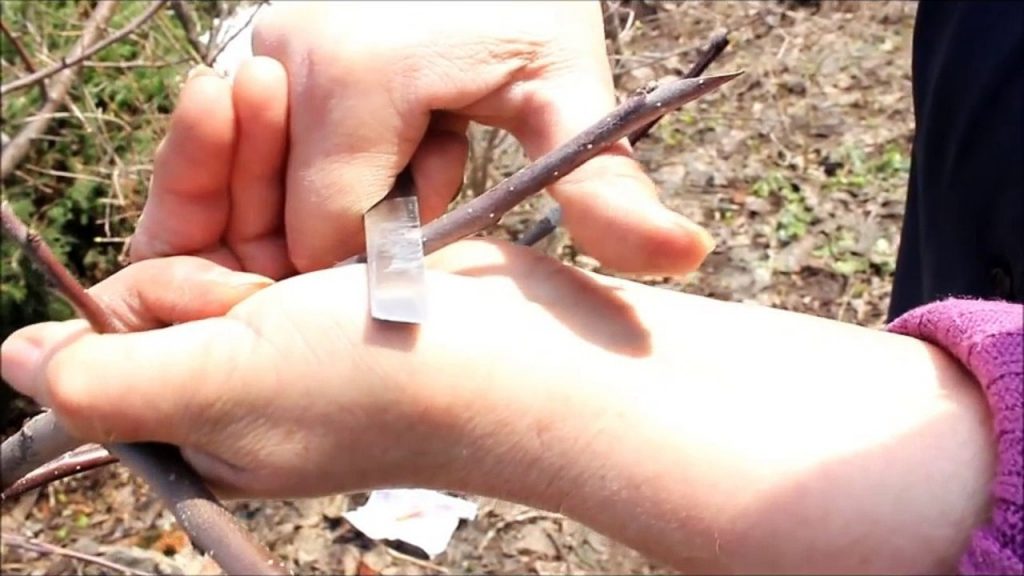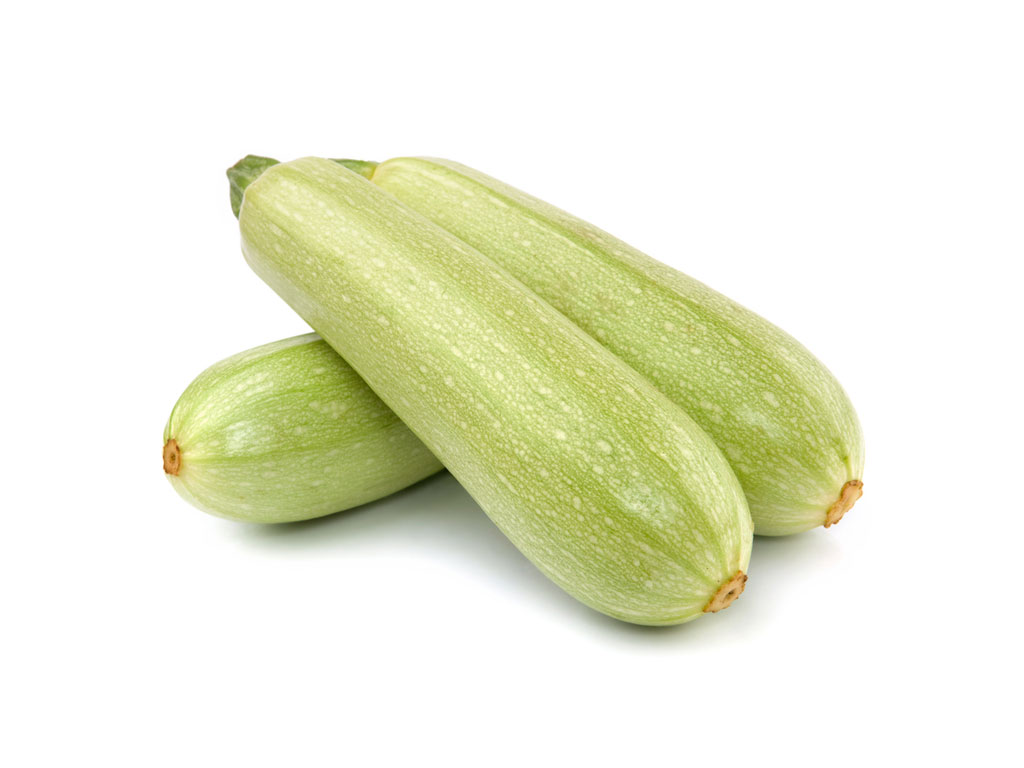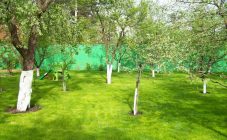Content:
You can hear from many gardeners that growing sea buckthorn is very troublesome. Problematic care is due to the presence of a large number of overgrowths at the roots and the extreme inconvenience during harvesting due to the large crown of the bush. However, this is only true when it comes to wild varieties. Garden sea buckthorn has much more attractive characteristics with proper agricultural technology.
Description of culture
In nature, sea buckthorn grows on the coastline or along rivers in the form of low trees or shrubs. Distributed in China, in the mountainous regions of Nepal and India. She belongs to the Lokhovy family. The leaves have a characteristic gray with a bluish tint, color and shape: they are small in size, thin and pointed. The flowers appear before foliage, but they are not as attractive. But because of the unusual foliage, the tree is often used in landscape design. When the fruit ripens, the plant looks even more spectacular.
Most summer residents have a buckthorn-shaped sea buckthorn, known as common, growing in their garden. It can grow in the form of a tree, but more often it is a thorny bush with needles. You can also find willow sea buckthorn. In Barnaul, winter-hardy varieties with large berries are widespread.
Sea buckthorn is a shrub that begins to bear fruit when it reaches the age of 4 years. This is a light-loving and fairly frost-resistant tree, however, with sudden temperature changes, it can partially freeze.
Sea buckthorn berries have a sweet and sour taste and are quite large in size in cultivated species. Their color may vary depending on the species - orange, red or yellowish. There is a bright black dot in the middle. The fruits are ready to eat raw, are good for various preparations, and are also widely used in cosmetology. Sea buckthorn oil is also used for medicinal purposes.
Sea buckthorn varieties
To date, a huge number of varieties of this culture have been bred with various indicators.
Large-fruited varieties
Since the fruits of wild sea buckthorn have a weight of 0.2 g, many garden varieties have been obtained that ripen in the middle lane with large berries:
- Openwork. A tree with a spreading crown without thorns, which greatly facilitates its care. Cylinder-shaped fruits are orange in color. Weight of one piece within 1 g. Refers to varieties of early ripening. Excellent drought, cold and disease resistance.
- Augustine. Fruit weight can reach 1.1 g. They are egg-shaped and orange in color. They are loose brushes that facilitate the harvesting process. An early ripening variety. There are some thorns on the branches.
- Elizabeth. The crown is compact and does not require constant pruning. It survives frosts very well. The berry weighs an average of 0.9 g, taste with a slight hint of pineapple, sweet and sour.
Varieties without thorns
Breeders have stripped the plant of thorns by their own efforts and made it much easier to process and harvest. Many gardeners have planted such varieties and were satisfied. The most popular studless varieties:
- Giant. It can be a shrub or a full-fledged tree. The crown is in the form of a cone, 3.5 m high. The berries are shaped like a cylinder and are orange.It tastes sweet and sour, sticks to a branch on a small stalk.
- Sunny is a large shrub devoid of needles. Fruits are closer to amber in color, weighing 0.7 g. The concentration of oils is increased in them, and the taste is sweet.
- Altai. The tree is small in appearance with very few thorns. The berries ripen at the end of August, each weighing about 0.7 g. The taste is pleasant with a subtle pineapple aroma. The fruits easily come off the stalk with a dry separation.
- Girlfriend. This is a shrub with a spreading crown. Light green leaves are slightly pubescent. Large fruits weighing 1 g, oval in shape and orange in color. This variety is recommended both for fresh consumption and for creating various blanks.
Harvest varieties
Varieties with high yields have appeared relatively recently. If earlier 5 kg were collected from the bush, now this figure has been increased to 17 kg:
- Botanical. This type is used mainly for commercial purposes. Gives up to 20 kg per tree. The fruits are large in size and tolerate transportation well.
- Moscow beauty. A bush with a compact crown. Dessert berries taste, deep orange in color. The variety has a high immunity to diseases, good frost resistance, while stably bearing fruit, bringing 15 kg of berries from 1 bush.
- Chuiskaya. A tree with a spreading crown that is easy to shape. Fruits are slightly elongated oval, ripen in summer. Harvest up to 12 kg per plant.
- Beloved. A bush in the shape of a slightly flattened oval. There is a whitish bloom on the shoots, the thorns are almost absent. The fruits are orange, oblong. Although they have a dense skin, the flesh is very pleasant to the taste. Ripens at the end of August. The variety is resistant to many diseases and cold weather.
Pollination of sea buckthorn
If you do not know how the sea buckthorn tree is pollinated, you can not wait for the harvest. Garden sea buckthorn has separate female and male trees. Pollination occurs with the help of the wind. It is worth considering at what distance the male sea buckthorn should be planted from the female one. It should not exceed 10 m, otherwise the plants will not be able to interact.
In spring, autumn or winter, the sex of the seedlings is determined, because planting same-sex trees in the garden will not give a result. It is important that there are no leaves on the branches. The buds of the female sea buckthorn tree are much smaller in size, with 2 scales. The male kidney is larger and they already have 6-7 scales on the inflorescence.
For 1 male plant, up to 8 female plants can be planted. The main thing is to understand in which direction the wind blows in the spring and how it will carry pollen. The women's group can sit opposite or near the men's tree.
Experienced gardeners have 2 male plants because they are more sensitive to adverse conditions than female ones. There is a chance that at least one sea buckthorn tree will survive. The distance between them can be 1 m.27
Landing
Sea buckthorn is mainly planted in spring or autumn. The best time to plant a tree is still spring, almost immediately after the snow melts. Thus, the best survival rate of seedlings is ensured. And further care for the planted sea buckthorn in spring is not difficult. In autumn, the roots of a young plant may not have time to prepare for the upcoming frosts, and sudden temperature fluctuations in the spring will be fatal for it.
If sea buckthorn is not bred in the climate where planting is to be carried out, then planting it in the fall is strongly discouraged.
Sea buckthorn is not very fond of transplanting and root damage. When grown in a container for more than a year, the seedling is ready for planting in the ground. A younger shoot may die due to the underdevelopment of the root system.
In general, planting and growing a tree such as common sea buckthorn is not so difficult.
Sea buckthorn loves light areas. The roots can grow beyond the deciduous part of the tree, so any planting next to sea buckthorn is contraindicated, since it will be cramped both for herself and her neighbors. Usually it is located at the edge of the site.
You should not plant a tree after stone fruit crops to prevent a number of diseases. It is necessary to ensure that the groundwater does not come closer than 1 m to the surface of the earth. The soil for sea buckthorn is preferable light and fertile. The culture loves sufficient moisture, but does not tolerate waterlogging.
It is recommended to purchase sea buckthorn seedlings 2 years old, as they already have a sufficiently developed root system. There should be at least 3 main roots 20 cm long. Secondary roots must also be present in sufficient quantity. Several shoots should extend from a trunk approximately 7 mm thick. It is better if its height is 40-50 cm.
You also need to pay attention to the bark: there should be no scratches, delamination and other irregularities and defects. The brown shade of the wood indicates that the plant has been exposed to the cold, and most likely will not take root in a new place.
For sea buckthorn, seed propagation is not applicable. In this case, the characteristics of the parent variety will not be preserved. Cuttings or plants with root growth are transplanted. Moreover, with trees surrounded by shoots, extreme caution should be exercised so as not to injure the roots of the processes and the mother bush during jigging. If the gardener knows how to transplant the sea buckthorn to another place, then there will be no difficulties.
The rules for planting sea buckthorn do not differ from those for all fruit trees. The step-by-step instruction looks like this:
- First, a hole is dug 40 cm deep and 50 cm in diameter.
- The root collar is aligned with the level of soil shrinkage.
- A lot of fertilizers are not applied, a bucket of compost and superphosphate is enough.
- Slaked lime is added to too acidic soil for sea buckthorn.
- In conditions of loamy soils, sand and humus are added.
- At the end of the procedure, watering and mulching with a layer of dry earth is carried out.
Transplanting cuttings
Sea buckthorn can be planted from very young cuttings. The method is very effective. Young seedlings can initially be placed under the crown of an adult tree to avoid direct sunlight. But before that, the shoot is grown in a greenhouse.
The transplant is carried out in early summer. Cut a 15 cm stalk and remove three leaves from the bottom. The slice should be treated with growth promoters, but this is not necessary. The stalk is planted in a prepared fertile mixture of soil, sand and peat. Further, the plant should be in greenhouse conditions with a temperature of 28 ° C and a humidity of 90%.
Watering and spraying of the cuttings is required. As soon as the roots appear, fertilizing is needed in the form of mineral fertilizers. You should also periodically ventilate the greenhouse.
Planting woody cuttings
Such cuttings also take root, they are prepared in the fall or from winter. Shoots with a thickness of more than 5 mm are suitable. To prevent their premature development, cuttings should be buried in the snow, and in the spring, start planting.The workpieces are cut into pieces of 15 cm each. They need to be kept in water for several days, and after 2 weeks the sea buckthorn will give roots and form buds.
The cuttings are planted in a greenhouse, placed in the soil and deepening by 15 cm. A shoot with two buds should stick out from above. Further, the same care is required as in the previous version. When the tree is 50 cm tall, it can be planted in a permanent place. Thus, by the fall, the root system will get stronger and be ready for wintering.
Other breeding methods
You can also plant sea buckthorn root shoots. This method is the simplest. The root growth is formed in sufficient quantity. Shoots begin to appear on the tree 5-6 years after planting. They are simply cut off from the main plant. Then they are grown in a greenhouse and hardened by airing before planting. It is recommended to plant sea buckthorn in a permanent place in the spring.
To accelerate the appearance of offspring in the tree, pruning of the skeletal root is used. In the place of the cut, it is not covered and there is a large amount of growth.
If the male tree dies, the cuttings are grafted onto the female tree. After 1 year, the branches are already capable of pollination. This method is also great for saving space.
Further care
To understand how to care for sea buckthorn after planting, you need to familiarize yourself with the rules for caring for fruit trees. Agricultural technology is not very different from other crops.
An important event is crown formation. The procedure begins 2 years after planting in the spring, until the buds have time to bloom, and first of all, the top is thinned out.
After 4 years, the tree already needs serious pruning. The branches grow and interfere with the development of the bush as a whole, reducing productivity indicators. Therefore, thinning the sea buckthorn, they remove even fruiting shoots. Branches running parallel to the trunk and dry shoots are removed. At the age of 8, such procedures will help rejuvenate the tree and allow it to better cope with diseases.
Sanitary pruning is also a must. Dry parts of the tree are removed and various damages are processed, if any. In the presence of fungal diseases, the affected areas are burned, and the plant itself is treated with solutions that allow you to fight the disease.
Fertilizing the trees is also necessary throughout their life. Organics with superphosphates are added about once every 3 years. Every year in the spring it is recommended to pour some nitrogen under the trunk of the sea buckthorn.
With proper care, the plant will delight with its appearance and give bountiful harvests every year. If the culture is planted in the country for decorative purposes, then caring for sea buckthorn according to the rules will make it more attractive.
